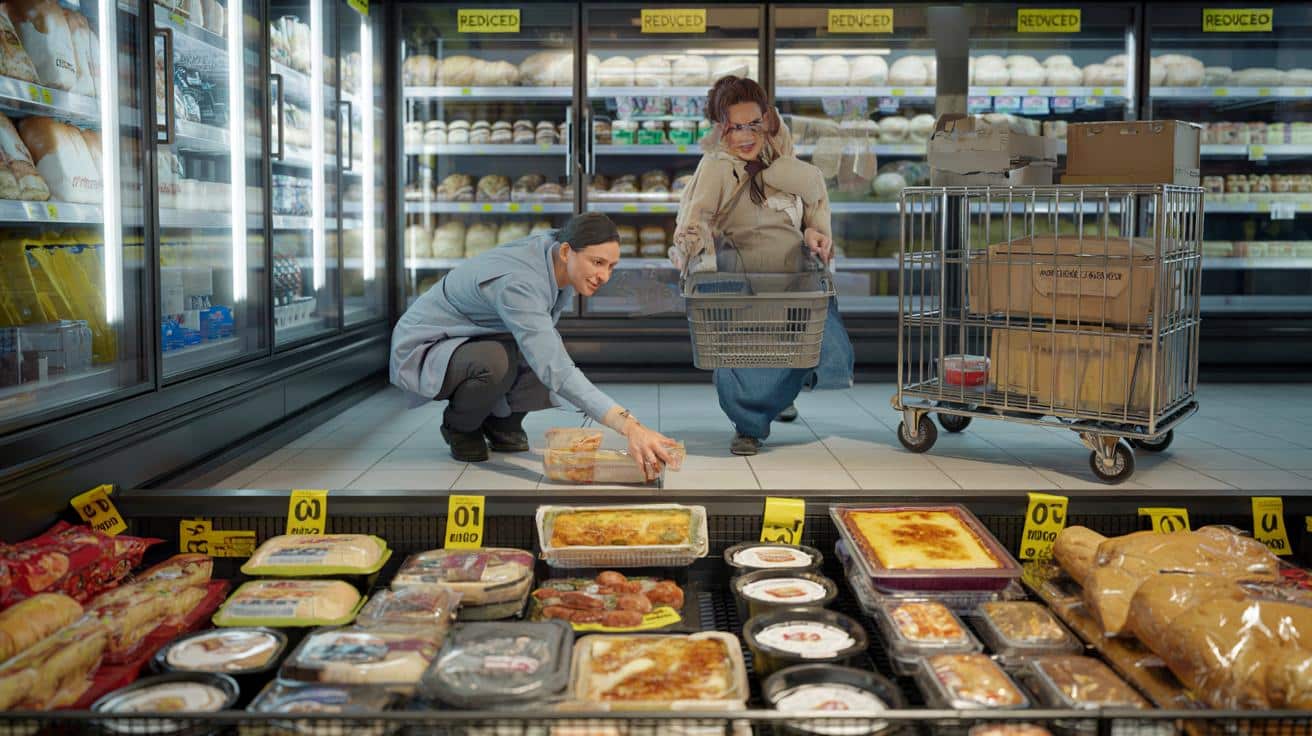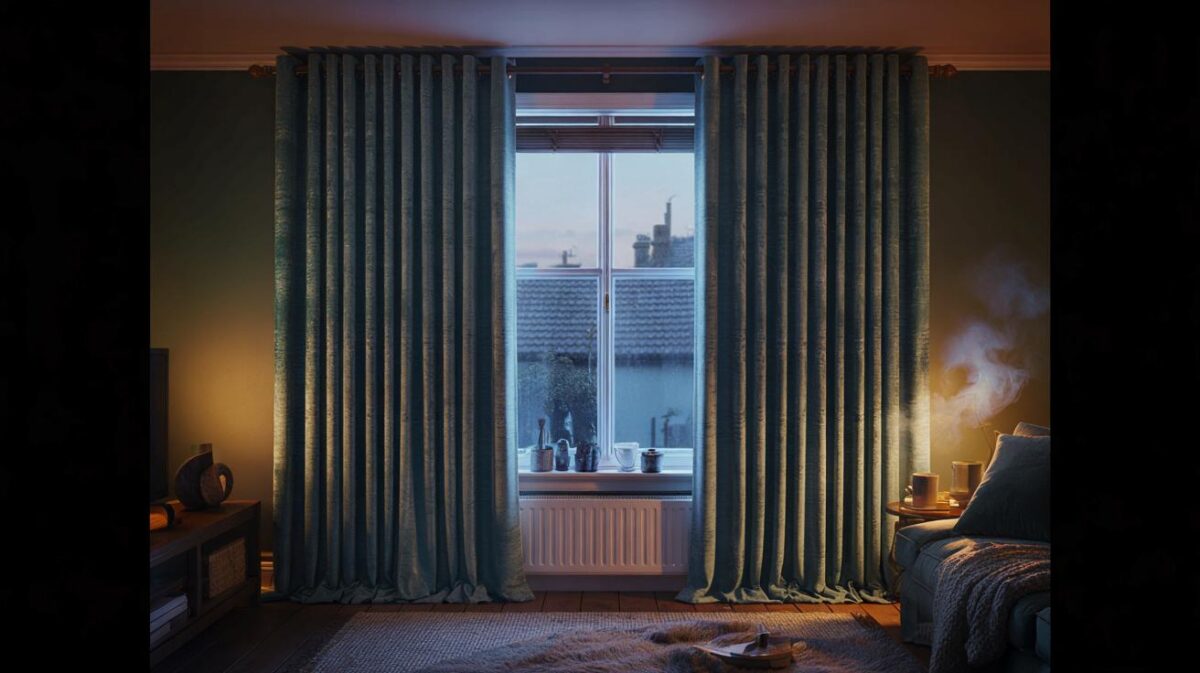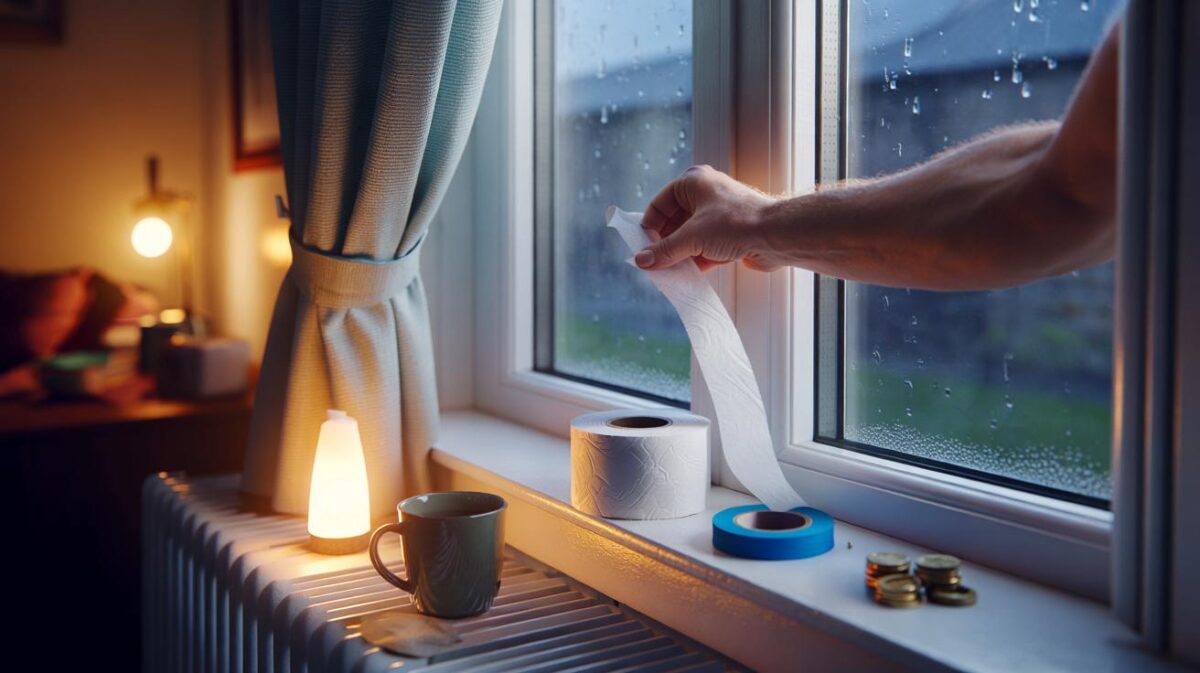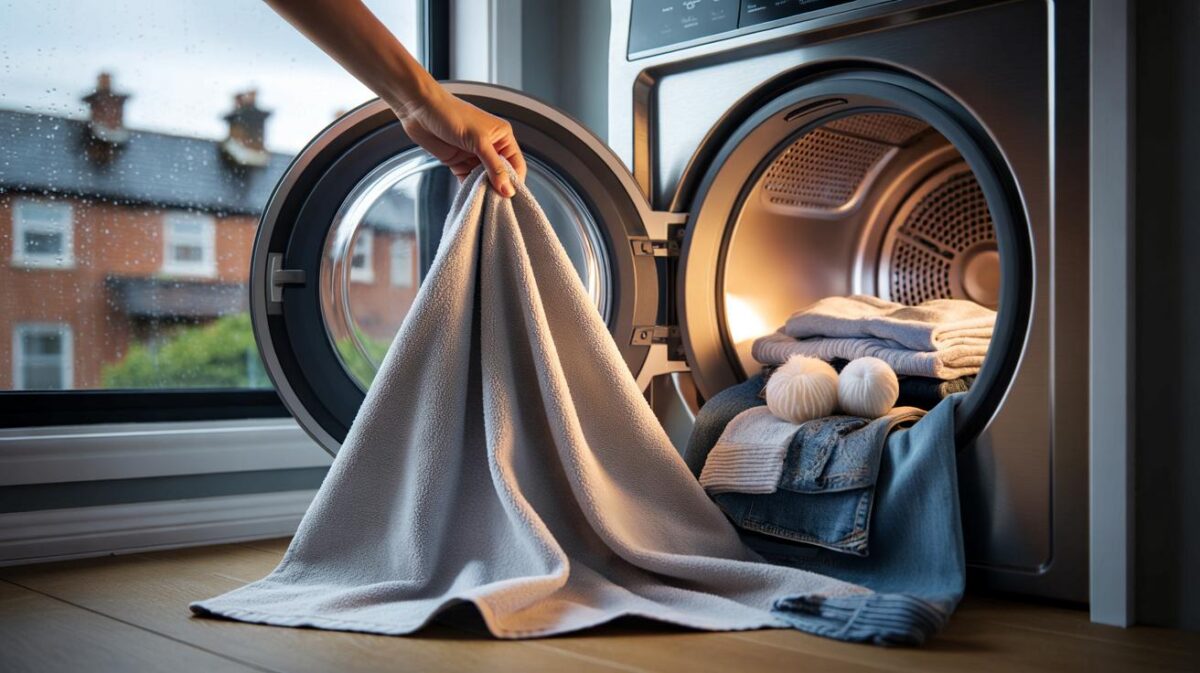Grocery prices feel like they’re inching up every week, which makes hunting for proper bargains feel oddly heroic. Several supermarket staff told us the best reductions are rarely where your eyes land first. They’re on a specific shelf shoppers skim past without thinking—quiet, low, and full of small treasures.
A chilled bay near the ready meals, its lights a little harsher, its stickers more honest. Two colleagues wheeled over a crate, the kind with slightly bent corners, and began to shuffle packs across metal shelves like dealing cards.
One of them knelt, almost without looking, and slid a pack to the lowest ledge. Another followed, like a habit. A woman with a basket clocked the move, drifted over, crouched, and smiled as if she’d just found a note in a coat pocket. I saw her do it in three movements, like a secret handshake. Start at the floor.
The hidden shelf staff whisper about
The best bargains are usually on the very bottom shelf of the **yellow-sticker shelf** in the chilled aisle. Staff call it the “reduced bay”, and it’s often tucked near the fridges that hold ready meals or dairy. That bottom tier gets the heaviest markdowns late in the day—sandwiches, salads, cooked meats, dips, oddball gourmet bits nobody wanted at full price.
We spoke with evening workers in three different UK stores. Each of them described the same choreography: fresh reductions go on mid-shelf in the afternoon; later, the must-go items are nudged lower. One night assistant laughed as she pointed left: “People forget to look down.” On a Tuesday, I watched someone pick up a posh lasagne for pennies while others scanned eye-level. It felt like seeing how the magic trick is done.
There’s logic behind it. Eye-level is for full-margin lines the store wants you to buy at the usual price. The bottom shelf is calmer, less picked over, and keeps the aisle tidy when the busiest reductions happen. It also spreads people out, so you don’t get a scrum around one bright, tempting middle tier. The result: the deepest discounts often sink to the lowest ledge, quietly waiting for anyone willing to bend their knees.
How to spot it in seconds
Walk to the chilled aisle and look for a bay that doesn’t match the glossy promo displays. Plain metal shelves, simple printed labels, a cluster of stickers—this is your mark. Head straight to the **bottom-left of the chiller**. Slide a few packs gently; staff sometimes tuck the best-dated items behind the obvious ones. Check bakery too: a small wheeled rack near the bread, with paper bags and quick markdowns, often appears after dinner time.
Timing helps, but don’t overthink it. Early evening is often good, and the last hour before closing can be golden. Ask politely when they usually sticker; teams have rhythms, and they’ll often tell you. Keep a small freezer plan in mind: bread freezes well, most cooked meals do, so does grated cheese. Let’s be honest: nobody does that every single day. Pick your moment, learn your local store’s habits, and keep it light.
One night stocker put it simply:
“When it really needs to go, we put it low. It’s calmer down there, and the regulars know.”
Here’s a quick map you can save on your phone:
- Chilled reduced bay: bottom-left, late evening for the steepest drops.
- Bakery clearance: a rolling rack by the bread aisle, after 6pm until close.
- Fresh produce crate: a green box near weighing scales or the veg chiller, spiky deals on ripe fruit.
- Dry goods overstock: sometimes high shelves hide one-off reductions behind bigger boxes—take a peek.
What this says about our weekly shop
We’ve all had that moment where you scan your receipt and wonder how Tuesday turned into a luxury purchase. The bottom-shelf trick isn’t a conspiracy; it’s a rhythm. Stores guide your eyes to the centre, where full-price lives. The markdowns sink low to keep the flow clean and the mood easy. For shoppers willing to crouch and breathe for a second, there’s value and a small hit of victory. It’s also a different kind of shopping—quieter, local, more conversational. You notice dates, you chat to staff, you plan meals around what’s there rather than what’s on a billboard. If prices are the weather, this shelf is a sheltered doorway. It won’t fix everything, but it’ll keep you dry more often than you think. And sometimes, it hands you dinner for less than the bus fare home.
| Point clé | Détail | Intérêt pour le lecteur |
|---|---|---|
| Where to look | Bottom shelf of the reduced bay in chilled aisles; bakery rack nearby | Go straight to the highest-value markdowns without wandering |
| When to go | Early evening to close; ask staff for their usual sticker times | Catch the steeper **end-of-day markdowns** with fewer crowds |
| How to choose | Check use-by dates, packaging, and what freezes well | Stretch your budget while keeping meals safe and useful |
FAQ :
- Which shelf has the best bargains?The lowest shelf on the chilled “reduced to clear” bay, often bottom-left. Also check the bakery clearance rack near the bread aisle.
- What time should I go?Early evening is a good start, with sharper drops closer to closing. Each store has its own rhythm—ask kindly and you’ll often get a helpful window.
- Can I ask staff to lower the price further?You can ask. Some teams will re-sticker close to closing if items are still there. Policies vary by store and manager, so no promises, just polite timing.
- Is reduced chilled food safe?Yes if within its use-by and kept cold on the way home. Look for intact packaging, avoid swollen packs, and refrigerate or freeze promptly.
- Do loyalty apps beat the yellow-sticker shelf?Different game. Apps can be great on staples, but reduced bays win on one-off steals. Check the unit price and mix both when it makes sense.









